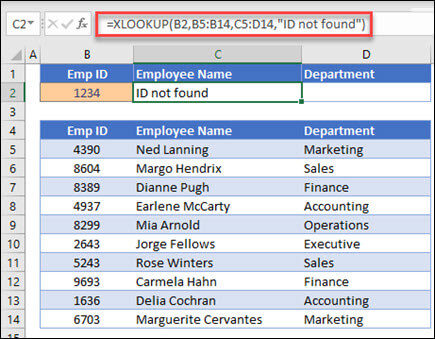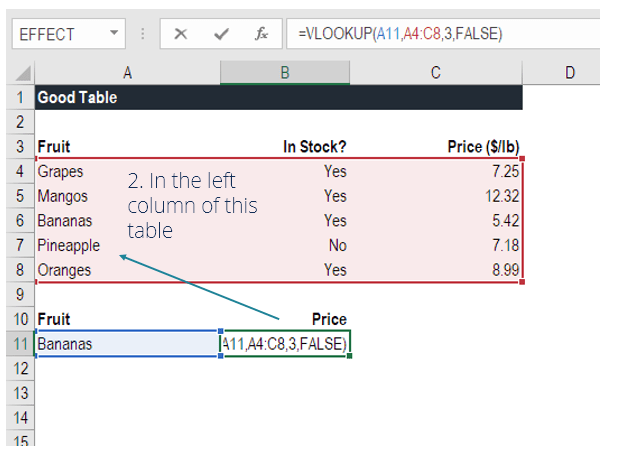

The Lookup_value for our example is Activity IDs in the primavera table which is called Document Number in the database table. FALSE means you need to find an exact match in the array, so this option is more accurate and reliable and I prefer this one because sometimes especially when you search some numbers, using TRUE makes you confused. If you leave this section blank, it works like you put TRUE in it. If you put TRUE the function search for the closest match in the array and you should note that the search is in the ascending order. Range_lookup: In this part you have two logical TRUE and FALSE options and each one have different meanings in the formula.In our example %Complete is located in fifth column so we should input 5 in this part. You should notice that this number starts from one for the first column in the array that you have chosen in the previous section, so you should count columns to find your result column and input the number in here. Col_index_num: This number is the column number in our main array in which our desired data is located.We will see how we should insert the cell address in here. Table_array: In here we should input the address of our main array that have desired information in it and in which data is retrieved.In this example both arrays have Documents numbers in common, so we use this value as our look up value. Lookup_value: This is the value that is common between our arrays and we use it to find our desired value.When you choose VLOOKUP function in Excel, you should complete the following inputs:
How to use vlookup in excel step by step update#
Suppose that we have a list of updated progress of some documents and we want to update their percent completes in another list which has been exported from Primavera. This list could be your export from Primavera and you can update it from a database (which most of the time can have an output in the form of a spreadsheet) using VLOOKUP and then import it in Primavera and everything is updated now, easy and quick! Let’s see how can we define and use this function in our Excel Vlookup tutorial.

Sometimes when you have some spreadsheets with heaps of information in them and you need to transfer some updated information from one list into another, VLOOKUP helps you to do it fast and accurate. The last function is called VLOOKUP and I myself find it very useful in most of the planning activities. This required information could be address of a desired cell which contains some special value, a value or action to perform a list of values, a reference specified by a text string, a relative position of an item in array that matches a specified value in a specific order and finally: a value in the leftmost column of a table and then returns a value in the same row from a column you specify. The functions in this area are dealt with lists, indexes and arrays and help us to find some special information in these listed data or other.


One of these areas is Look up & Reference. As many of you know, Microsoft Excel has many useful functions in different areas such as Financial, Date & Time, Math & Trig and so on.


 0 kommentar(er)
0 kommentar(er)
